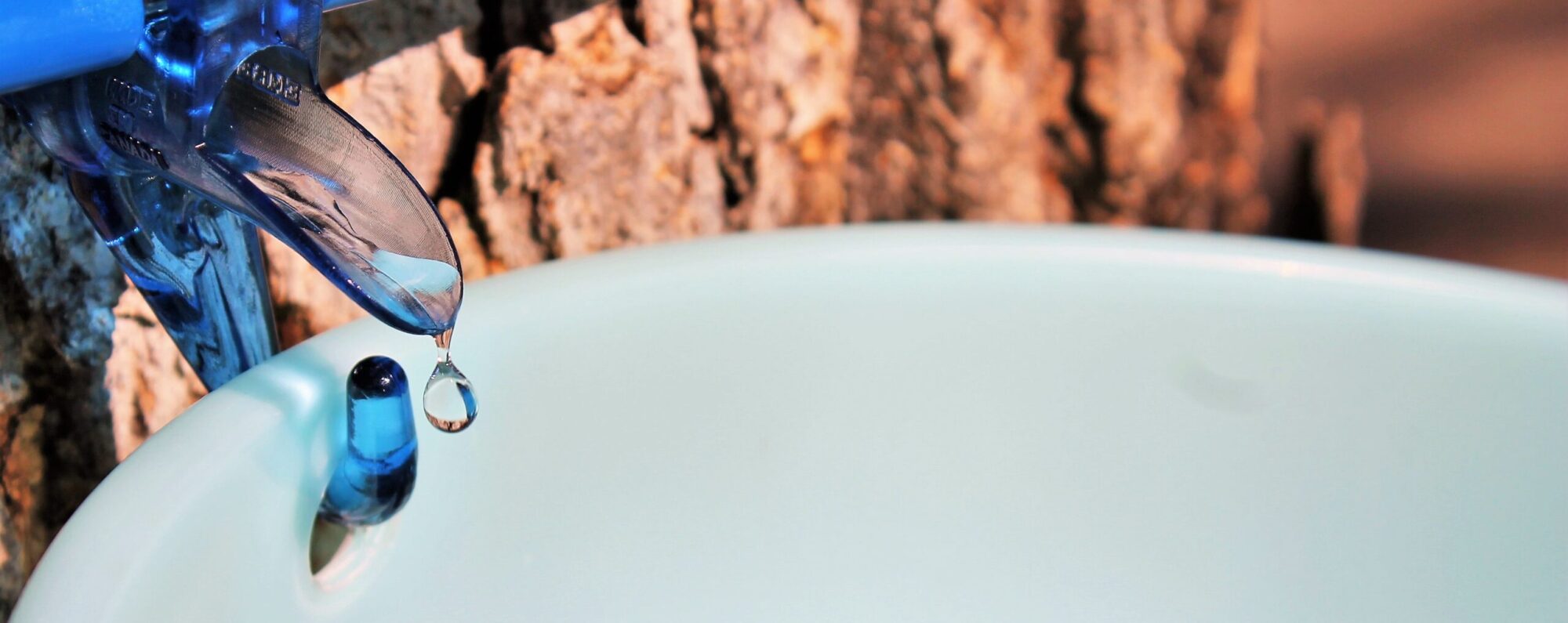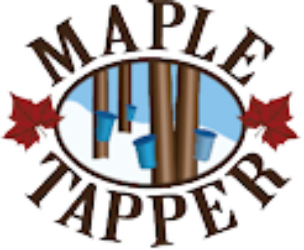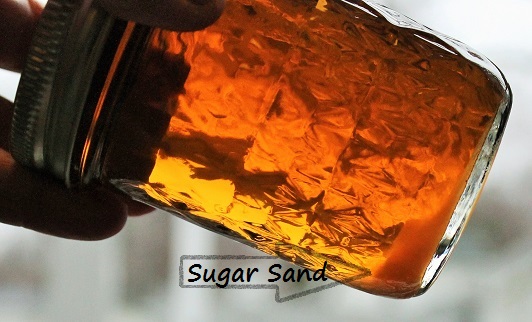Pure maple syrup should be between 66 and 68 Brix when tested with a refractometer or hydrometer . . . whoa, is that too many technical terms for you? Don’t worry, this article will explain it all and show you how easy it is to use these tools and produce the best quality syrup you’ve ever had. Most professional sugarmakers (and many home hobbyists) use two tools to measure sugar content — hydrometers and refractometers. Keep reading for more info on each.
Hydrometers
The more dense the liquid, the more sugar it contains — the hydrometer measures this relative density. Most hydrometers use a common scale of degrees Brix (shown as °Bx) which shows the sugar percentage of the liquid. One °Bx equals 1% sugar content. For pure maple syrup, the target density range is between 66% and 68% sugar content (shown on the hydrometer as 66° Brix or 35.6° Baume). Many states have a required Brix scale for folks selling maple syrup so if you’re going to market you must test your syrup.
This tool is fairly inexpensive and consists of a tall metal cup and the marked hydrometer tool which looks sort of like an old fashioned thermometer but much bigger. Be sure you buy the type of hydrometer calibrated for syrup making as they’re also sold for beer and wine. It’s also another one of those tools that will last for many seasons if you take good care of it. Typically these hydrometers are calibrated to measure cold syrup (at 60°F) or hot syrup (at least 211°F) and will be marked with a cold test and hot test line.
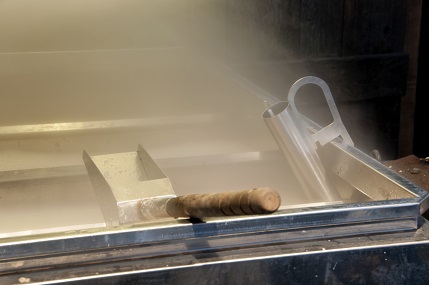
To use the hydrometer, first place the cup in a level pan with a lip as syrup will splash over the sides (or hang over the side of evaporator pan as shown here). Fill the cup with syrup to within ½” or so of the rim. Immerse your thermometer and make sure it reads at least 211°F if testing hot. Then carefully lower in the hydrometer – do not drop it in! It will float and the red line should be even with the surface which indicates the Brix reading. If in the proper range, return this syrup to the pan and continue with filtering and bottling.
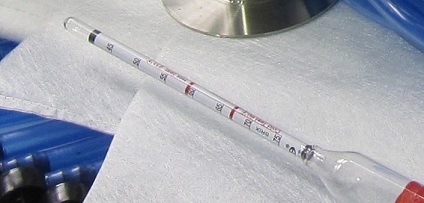
If you find the red line floats below the surface, syrup must be boiled longer and tested again. If the red line floats above the surface, syrup is “heavy” and too sugary or dense and you’ll need to add partially-boiled sap, cook a bit longer, and retest. While extra-sugary syrup sounds yummy, it will be more like maple sugar once it cools. After you’re done testing, be sure to rinse the hydrometer in hot water so no syrup accumulates on the device. Be careful, it is fragile!
Refractometers
Simpler to use but quite a bit more expensive, a refractometer (either manual or digital) determines sugar concentrations by measuring how light is refracted through a sugary solution. Typically a drop of sap or syrup is placed in a little cup at the end of the device and it’s held up to light (or with digital devices, just push a button). As light passes through the syrup, it’s refracted and the tool is designed to pick this up and measure it on the Brix scale. Refractometers, though, come with different scales – a low scale to measure sap and a higher scale to measure syrup.
See it in action
You know how much we love the folks at our country’s Extension offices! They provide such an incredible wealth of knowledge for all things outside and are generally pretty nice people who love to help. And they did not disappoint us here – we found this great video from the University of Maine Extension services that shows each of these tools in action and does a great job explaining how they all work.
If you’d like to learn more about other steps of the sugarmaking process, click here to look through our library of How To articles.
